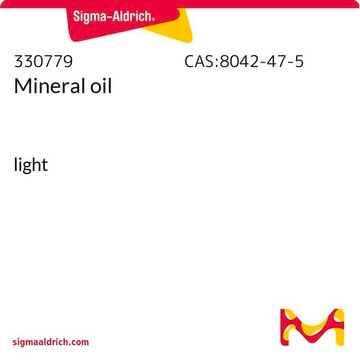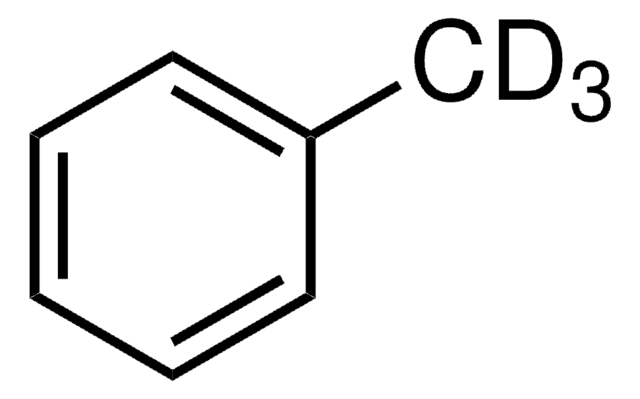437344
Ethylbenzene-d10
99 atom % D
Synonym(s):
Decadeuteroethylbenzene
About This Item
Recommended Products
isotopic purity
99 atom % D
Assay
≥99.00%
form
liquid
technique(s)
NMR: suitable
refractive index
n20/D 1.492 (lit.)
bp
134.6 °C (lit.)
mp
-95 °C (lit.)
density
0.949 g/mL at 25 °C (lit.)
mass shift
M+10
SMILES string
[2H]c1c([2H])c([2H])c(c([2H])c1[2H])C([2H])([2H])C([2H])([2H])[2H]
InChI
1S/C8H10/c1-2-8-6-4-3-5-7-8/h3-7H,2H2,1H3/i1D3,2D2,3D,4D,5D,6D,7D
InChI key
YNQLUTRBYVCPMQ-CFTAVCBPSA-N
Looking for similar products? Visit Product Comparison Guide
General description
Application
Recommended products
accessory
Signal Word
Danger
Hazard Statements
Precautionary Statements
Hazard Classifications
Acute Tox. 4 Inhalation - Aquatic Chronic 3 - Asp. Tox. 1 - Flam. Liq. 2 - STOT RE 2
Target Organs
hearing organs
Storage Class Code
3 - Flammable liquids
WGK
WGK 1
Flash Point(F)
59.0 °F - closed cup
Flash Point(C)
15.0 °C - closed cup
Certificates of Analysis (COA)
Search for Certificates of Analysis (COA) by entering the products Lot/Batch Number. Lot and Batch Numbers can be found on a product’s label following the words ‘Lot’ or ‘Batch’.
Already Own This Product?
Find documentation for the products that you have recently purchased in the Document Library.
Customers Also Viewed
Our team of scientists has experience in all areas of research including Life Science, Material Science, Chemical Synthesis, Chromatography, Analytical and many others.
Contact Technical Service













